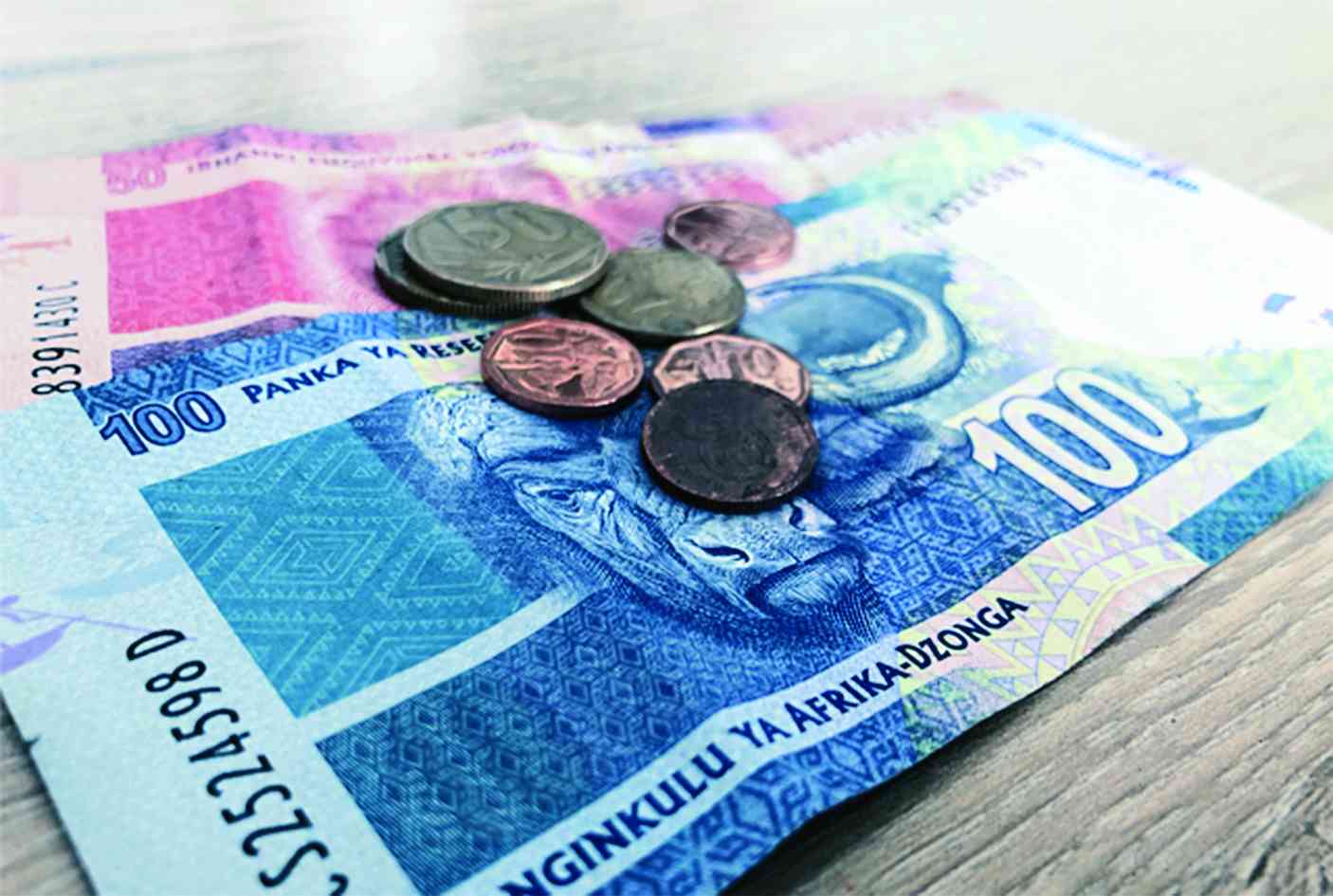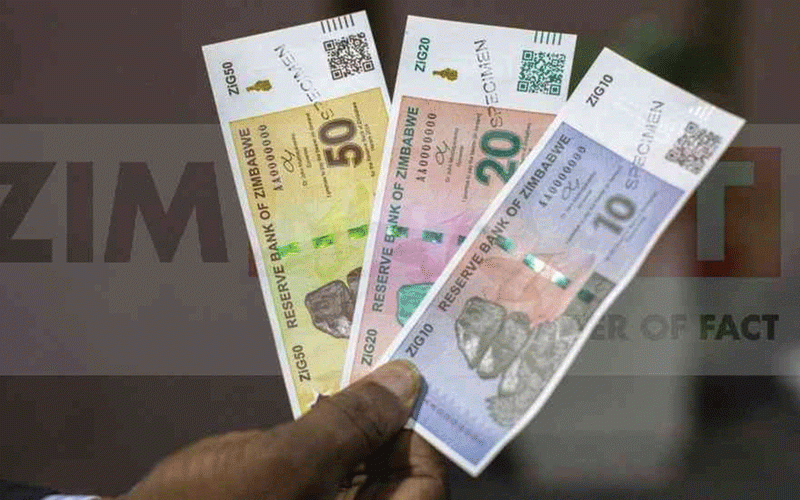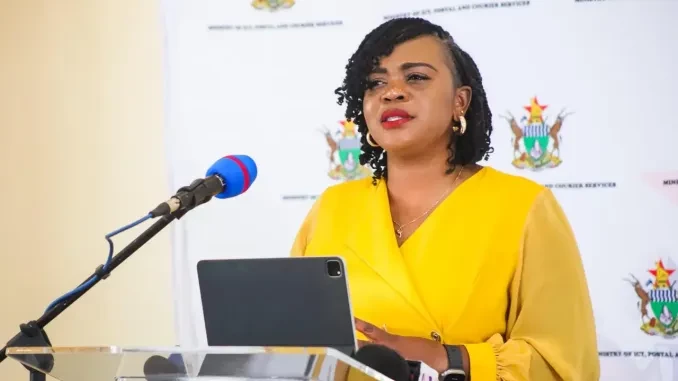
ALTHOUGH South Africa is the continent’s most advanced economy, it is currently facing urgent challenges, which need to be timeously and adequately addressed.
A number of issues stand in the way of its socio-economic progress. Firstly, it presently has the highest unemployment rate in the world. As of Q2 (April-June) 2024, 33,5% of its potential labour force has been looking for employment, but could not find it.
The country’s unemployment stands out because there are very limited income-making opportunities in its informal sector. Secondly, South Africa has experienced economic stagnation since 2012.
The rate of gross domestic product (GDP) growth has averaged only 0,8% annually, since 2012. This tepid performance is not enough to create a sufficient number of new jobs that lift more people out of poverty.
Thirdly, the majority (62%) of the population currently lives in poverty. Fourthly, even though a significant share of the population has been struggling just to survive, there is a small share of people who are excessively wealthy within the country.
This makes it the most unequal nation in the whole world. Around 10% of the population earns about 67% of the country’s total income, and own about 87% of the nation’s wealth (assets).
The poverty and inequality are among the major drivers of world-record crime rates in South Africa, which is also regarded as the 7th most dangerous country in the world.
Having experienced the unprecedented June 2021 riots, where mostly poor rioters broke into shops in order to plunder goods of value for their personal gain, it is not advisable for the governing authorities in South Africa to maintain such a state of affairs.
- AfDB cuts Zim’s growth projections to 3.5%
- Russia-Ukraine war and the Zimbabwe daily bread
- AfDB cuts Zim’s growth projections to 3.5%
- Russia-Ukraine war and the Zimbabwe daily bread
Keep Reading
Without addressing the aforementioned pressing issues, there is no guarantee that security is assured. Authorities have earnestly tried to attend to the challenges using traditional economic approaches.
However, the citizens’ standards of living continue to decline and the situation seems to be regressing instead of recovering. Last year, however, a non-governmental organisation, the Social Policy Initiative (SPI), proposed compelling and innovative means through which South Africa can stimulate vibrant economic growth, reduce poverty and income inequality, within the space of only three years.
The proposals made by SPI can result in a yearly GDP growth rate of over 4%, within the first year of implementation. What is significant in the SPI’s proposal is that it can also serve as a model, which Zimbabwe can emulate in order to stimulate its own economic performance.
There are, however, some proposals in SPIs policy document, which can only be implemented in the future (in Zimbabwe’s case), as the country does not yet have the capacity to roll them out.
SPI’s proposition
The SPI has drafted a document, which shows that it is possible for South Africa to immediately stimulate greater economic activity through the following:
Implementing a basic income grant, which offers free monthly cash, from the government to all people who are in need;
Releasing into the economy, half of the country’s foreign exchange reserves held by the central bank as a means to stimulate domestic economic activity; and
Injecting a portion of the Government Employees Pension Fund (GEPF, the largest pension fund in South Africa) to also stimulate domestic economic performance.
Each of the three proposals tabled, will be explained below. Also, the possibility of Zimbabwe emulating some of the propositions is also discussed.
The SPI argues that it is possible for South Africa to provide free cash to all adults (employed and unemployed) aged between 18-59 years and children (below 18 years), in a manner in which the cost of the cash transfer programme will eventually finance itself.
The organisation (SPI) states that, if the government was to give a basic income grant (free monthly cash) to all who are in need, there would be around 40 million South Africans, who will apply to receive the grant.
The others who would not apply for it would be the rich, the pensioners (over 60 years) who already receive monthly payments of R1 980 (US$112) from the government, or other poor people who do not have capacity to apply because of lost personal identification documents or other limitations.
Through this programme (basic income grant), the grant recipients would receive monthly cash payments of R798 (US$54), R1 166 (US$63), and R1 804 (US$102) from the first, second, and the third year of the programme, respectively.
The gross cost of this three-year programme is expected to be R862,9 billion (over the three years). Although it seems steep, the government is expected to recoup up to 96% of its total costs, by the end of the programme.
Since the poor generally spend around 80% of their disposable incomes on goods, which are subject to Value Added Tax (VAT) (which is set at 15% in South Africa), the SPI has argued that it is reasonable to expect that around 12% of the total payments to the public will return to the government through higher VAT revenue to the government.
The 12% is just a random, although modest and reasonable figure, based on the value of VAT, which is set at 15% in South Africa. The SPI also argues that, some recipients of the cash grants, who are already employed would end up paying slightly more income taxes to government, resulting in an extra R108 billion in government’s personal income tax revenues — arising only from the stimulus.
The programme is also expected to stimulate economic activity, adding a minimum of 4% to annual economic growth (GDP). Current levels of growth in South Africa, without the basic income grant, are only around 1%.
So, it is expected that there would be a minimum of 5% economic growth each year (4% + 1%) for the three-year period during which the grants would be issued to the public.
The South African government would also get higher tax revenues due to the increased economic activity (corporate tax, etc). These extra tax revenues have been estimated to be around R593,4 billion (US$32 million).
As the project recoups its costs, as explained above, the SPI’s calculations indicate that, it would be able to self-finance itself by up to 96%.
The SPI expects that apart from alleviating poverty, 2,7 million jobs would also be created in the economy, within the three years.
By the end of the three-year programme, however, there will be a need to ensure that the economy does not lose its growth momentum, going forward.
This is why the SPI has argued that in order to maintain this momentum, the South African Reserve Bank (SARB) and the South African Government Employees Pension Fund may need to inject some of their surplus assets into the economy, in order to make it more buoyant.
South Africa’s central bank (SARB), for example, has around US$63 billion (R1,2 trillion) worth of foreign exchange reserves. This figure is about US$34 billion (R640 billion) above the international benchmark of having three months of import cover in the form of foreign exchange reserves.
The SPI argues that the excess (R640 billion) can be used to finance critical national infrastructure on which economic growth depends, such as electricity, railways, ports, roads and water infrastructure.
Effective critical infrastructure would make South Africa’s economy more buoyant, since, at the moment, exports, imports and also domestic trade are being hamstrung by inefficient railway, electricity and ports, etc.
The resultant economic buoyancy would also create even more jobs above the expected 2,7 million, which will arise from the social grants (cash transfers) to the public.
The GEPF in South Africa also has around US$137 billion (R2,6 trillion) worth of assets, half (US$68 billion or R1,3 trillion) of which can be liquidated (sold) in order to finance economic growth, whilst pensioners will still be able to continue receiving their benefits, without any challenges.
SPI proposes that the R1,3 trillion from the GEPF can be used to pay off part of the government’s debt in order to reduce public debt-to-GDP ratio, and to finance the growth of industries (industrial policy) through government expenditure (in
support of South African industries) of up to 2,5% of GDP each year.
Implementing all the proposed measures would definitely stimulate greater economic growth, reduce unemployment and address the urgent issue of poverty in South Africa.
The SPI articulates that, all its proposed interventions will not cause inflation through a nationwide increase in the demand for goods and services within the economy.
This argument is based on the fact that, already, large industries in South Africa have about 20% spare capacity since there is currently less demand for goods and services, than what the manufacturers can produce.
So, according to the SPI, the spare industrial capacity and a relatively strong supply-side of the economy (agricultural and manufacturing sectors, relatively functional electricity generation, railway, municipal water, along with availability of labour) imply that, the increase in demand for goods and services would be accommodated smoothly without raising inflation.
The SPI insists that, the South African Reserve Bank can simply transfer its surplus funds to the South African government's bank account, as a free cash transfer, if it decides to take on the role of a developmental central bank.
Indeed, as long as the economy has a strong supply side, the proposals are feasible and would not cause inflation or other economic complications.
In fact, the history of central banks all over the world has been characterised by this developmental stance, which was only suspended in the early 1980s.
However, during the 2008 and 2020 (due to Covid) global economic crises, central banks resumed their developmental roles. According to the IMF, in 2020, central banks all over the world directly funded up to 75% of government debt, which was issued in that year.
On the other hand, the SPI proposes that the GEPF could lend its funds to the South African government at concessionary interest rates and with repayment terms, which allow it to return the money only when the economy begins to perform vibrantly.
That is also very possible and legal, and would not cause inflation or other complications, especially if the supply side of the economy is adequately functional.
Conclusion
In order to address impertinent and unique challenges of today, governments need to be open to innovative ideas, as long as they are feasible.
In that regard, Zimbabwean policymakers need to consider the proposals of the SPI, as viable alternatives which can also be implemented in Zimbabwe, when the time is suitable.
However, at present moment, Zimbabwe does not have a strong supply-side in the economy, which can sustain an injection of abundant local currency.
Due to low industrial activity, an injection of huge amounts of local currency could lead to greater imports, the hoarding of foreign exchange by locals, etc.
Also, critical infrastructure, which enables economic activity, will need to be adequately available, by the time Zimbabwe wants to roll out its own income grants, or utilisation of surplus government pension resources, etc.
Moreover, the Reserve Bank of Zimbabwe will need to have a considerable stock of surplus foreign exchange reserves at that time, of which it currently does not have.
Nevertheless, at some point in the future, the SPI’s proposals may be both valid and relevant for Zimbabwe.
In the mean time, parts of SPI’s propositions, which apply to Zimbabwe in the immediate term can also begin to be implemented, immediately.
For more details on the proposals by the SPI, you may refer to this link: https://www.spi.net.za/the-economics-of-implementing-universal-basic-income-in-south-africa/
- Tutani is a political economy analyst. — [email protected]











